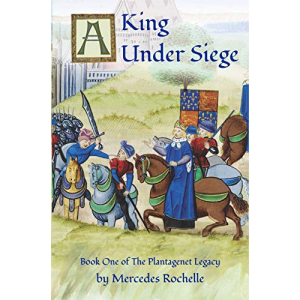- Author
- Book
- Story behind the book
- Media Links
- Reviews

David Litwack
About
The urge to write first struck when working on a newsletter at a youth encampment in the woods of northern Maine. It may have been the night when lightning flashed at sunset followed by northern lights rippling after dark. Or maybe it was the newsletter's editor, a girl with eyes the color of the ocean. But he was inspired to write about the blurry line between reality and the fantastic.
Using two fingers and lots of white-out, he religiously typed five pages a day throughout college and well into his twenties. Then life intervened. He paused to raise two sons and pursue a career, in the process becoming a well-known entrepreneur in the software industry, founding several successful companies. When he found time again to daydream, the urge to write returned.
There Comes a Prophet, published in July 2012, was the first novel in this new stage of life. His second, Along the Watchtower, came out in June 2013.
David and his wife split their time between Cape Cod, Florida and anywhere else that catches their fancy. He no longer limits himself to five pages a day and is thankful every keystroke for the invention of the word processor.

Christianity, the Law of Attraction and the One Command: Bible Principles Revealed and Applied to Every Day Living
Description
<p>The Bible spells out in God's terms what "The Secret" said in human terms. "Christianity, The Law of Attraction and The One Command " is the bridge between God's word, His universal laws, The One Command by Asara Lovejoy and you.</p>





